
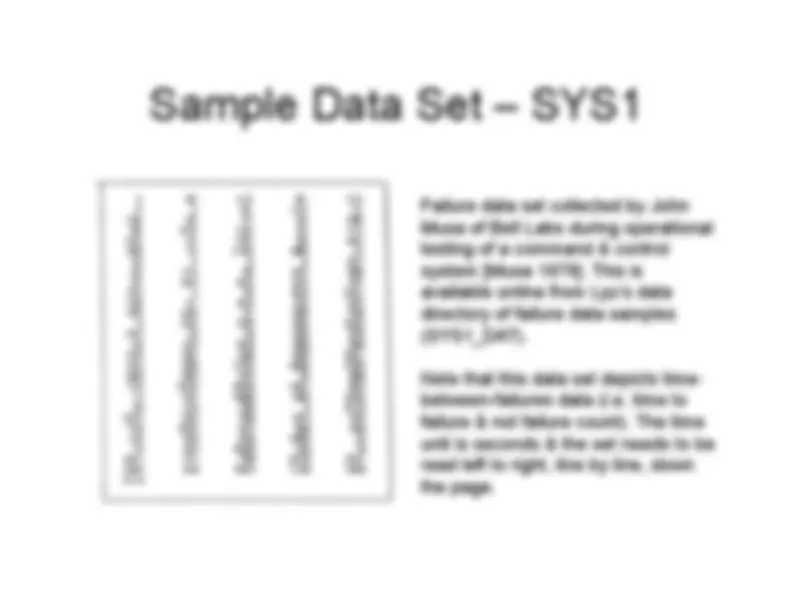
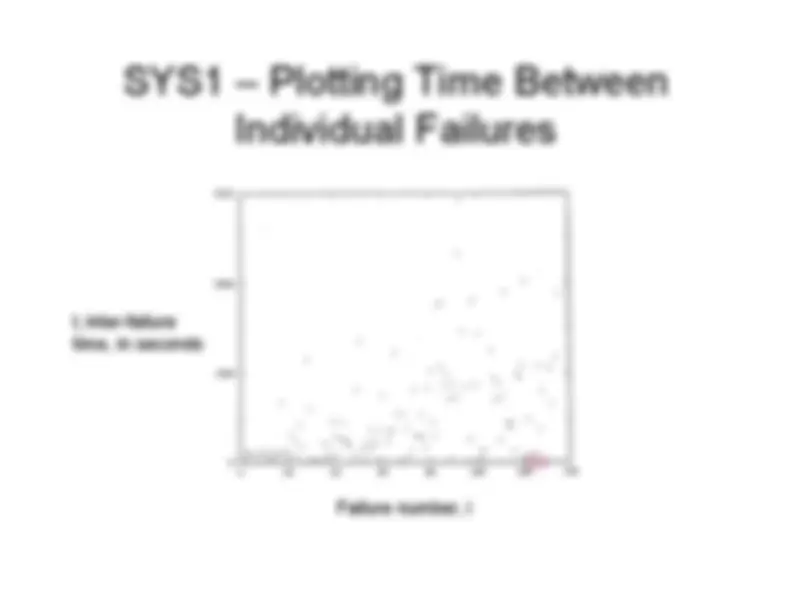
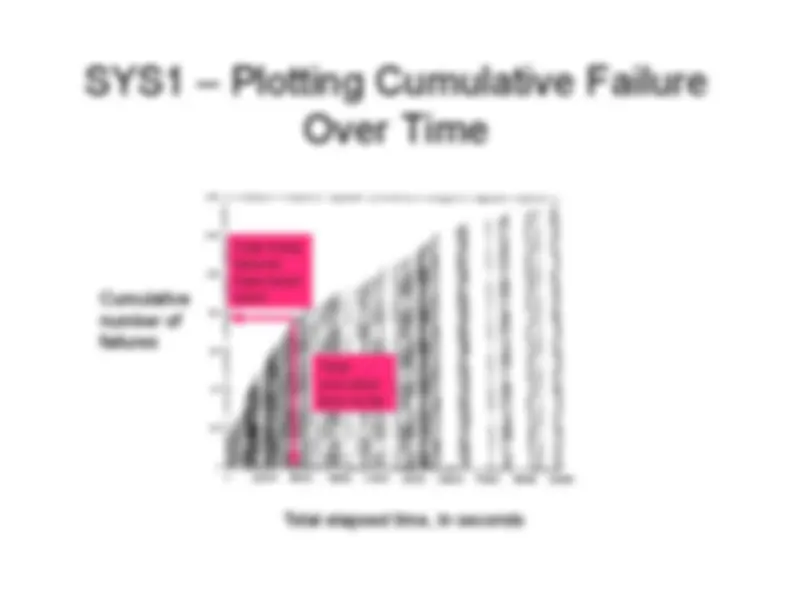
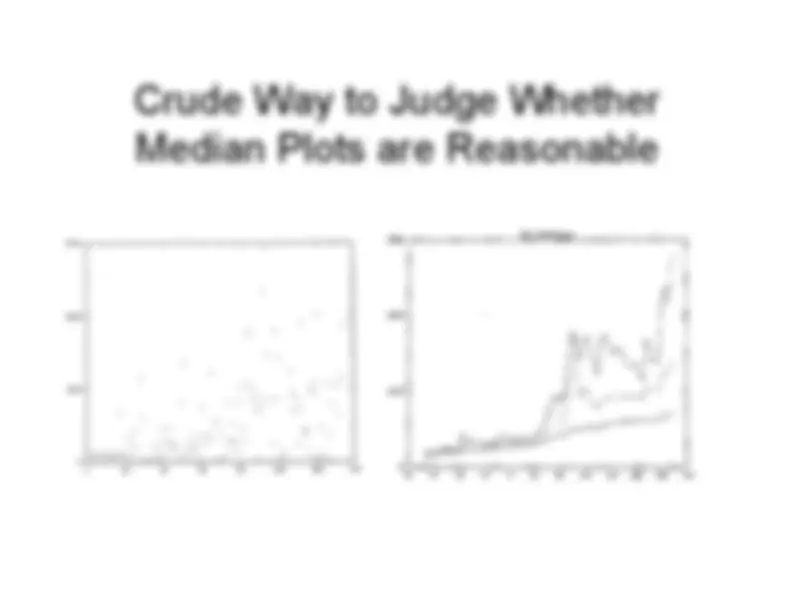
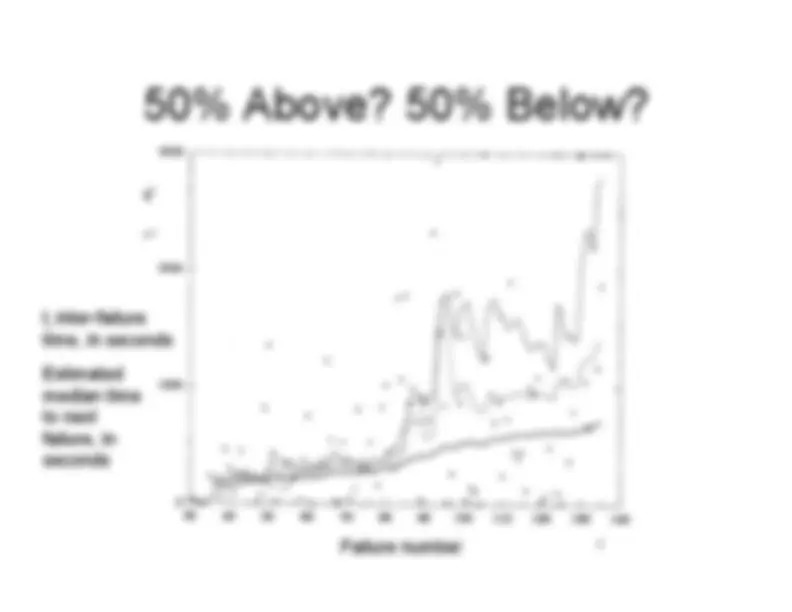

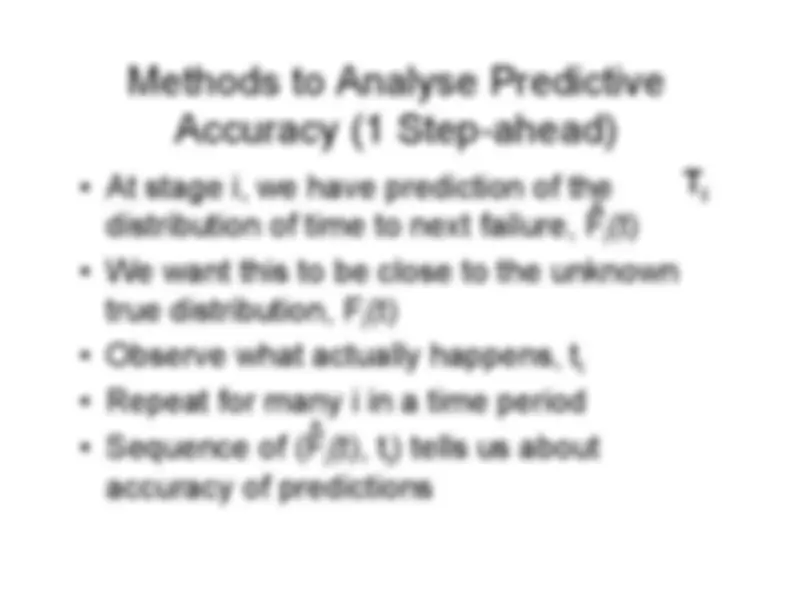
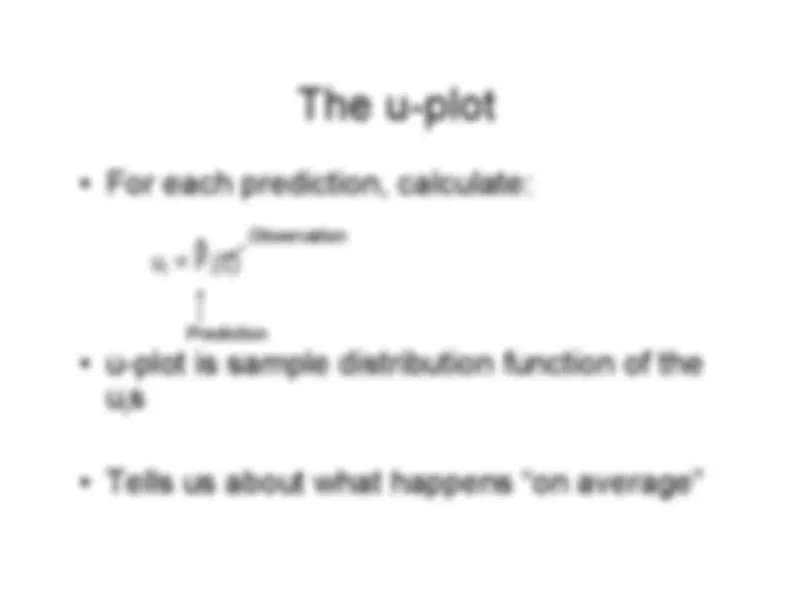
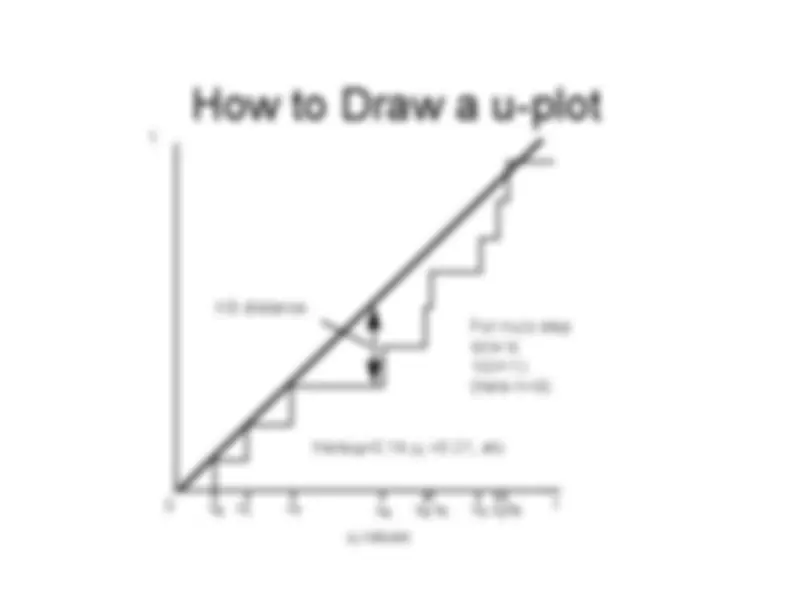
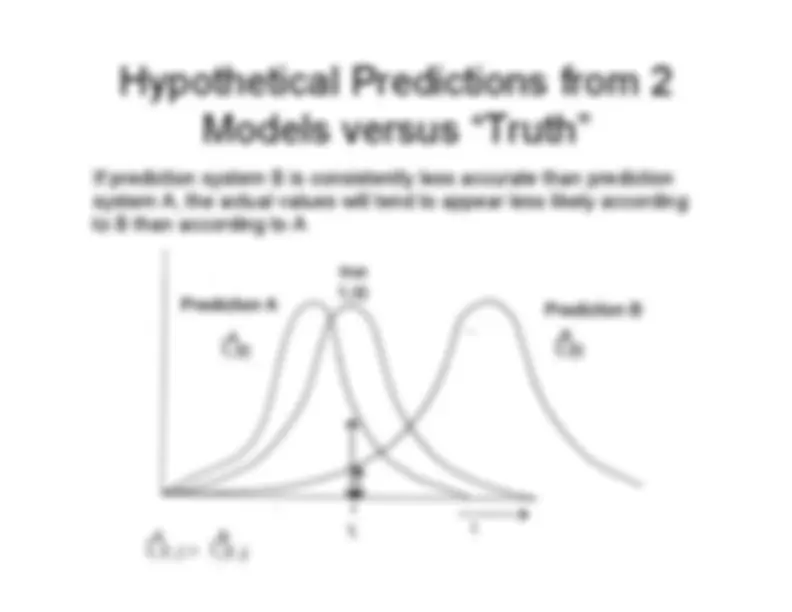
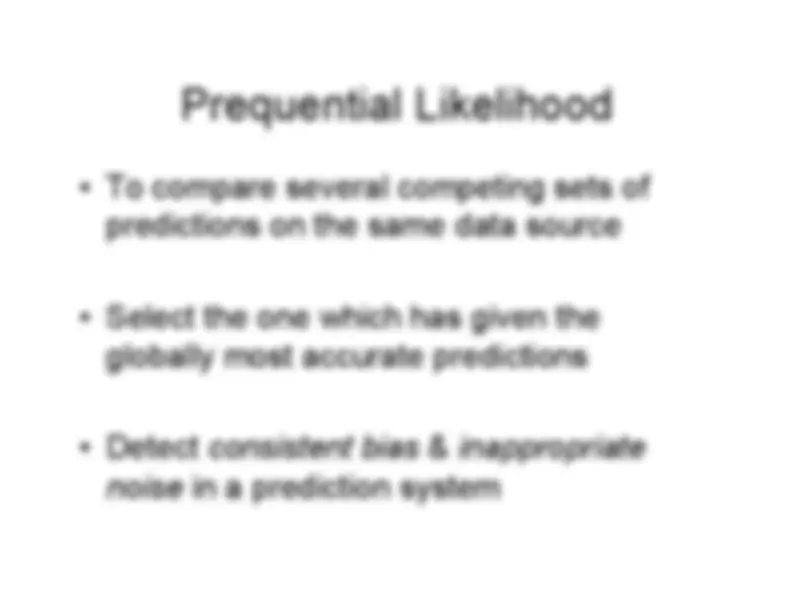
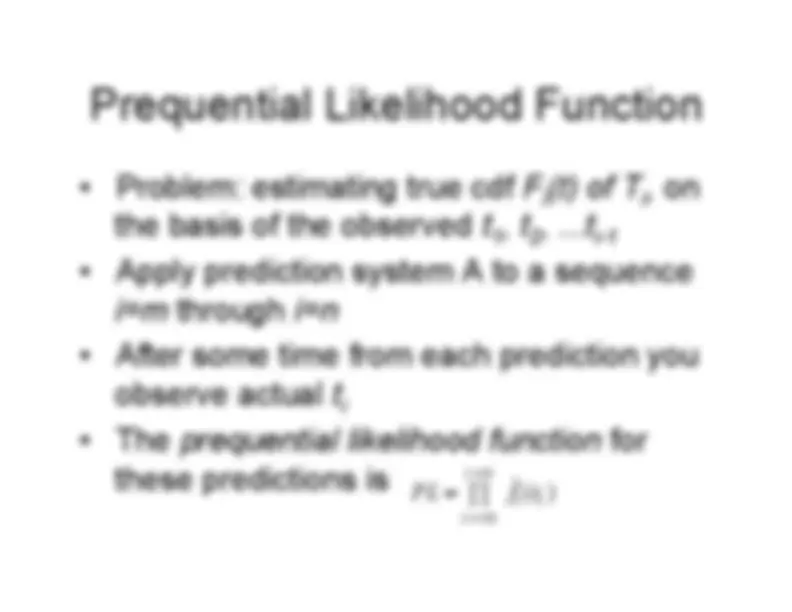
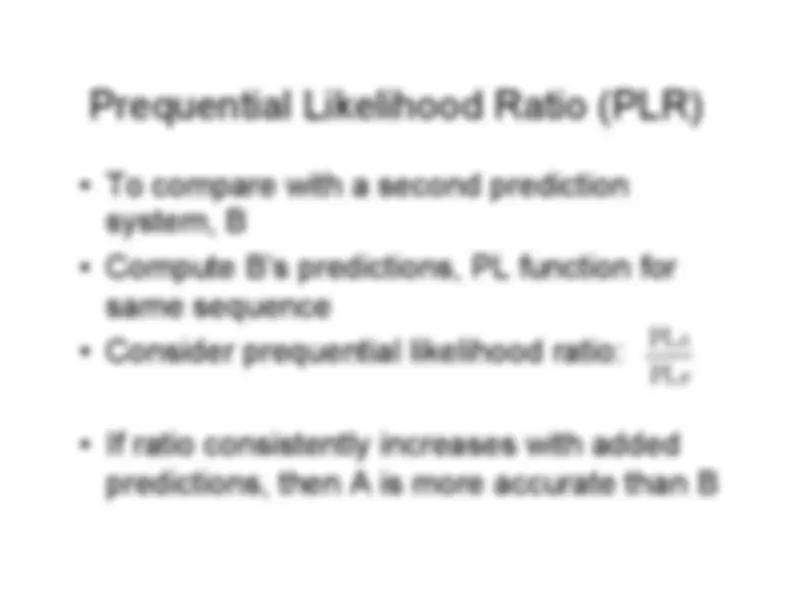
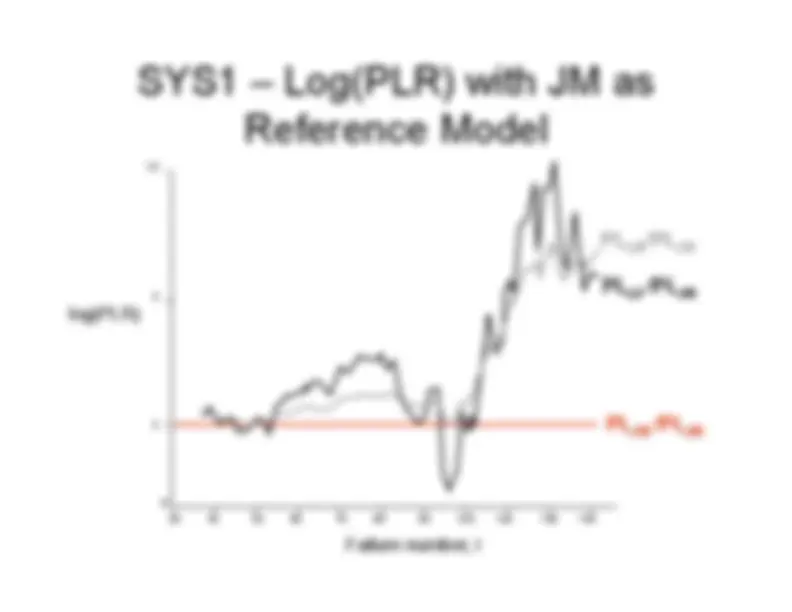
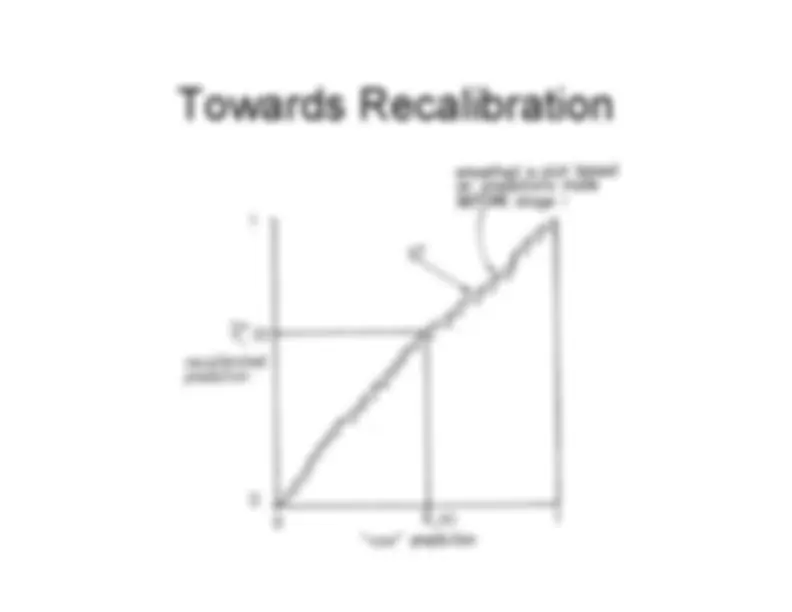

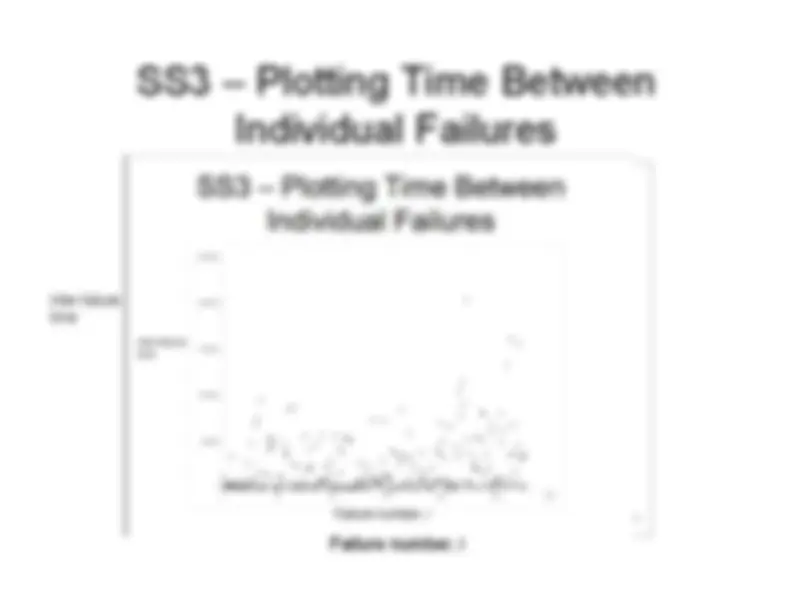
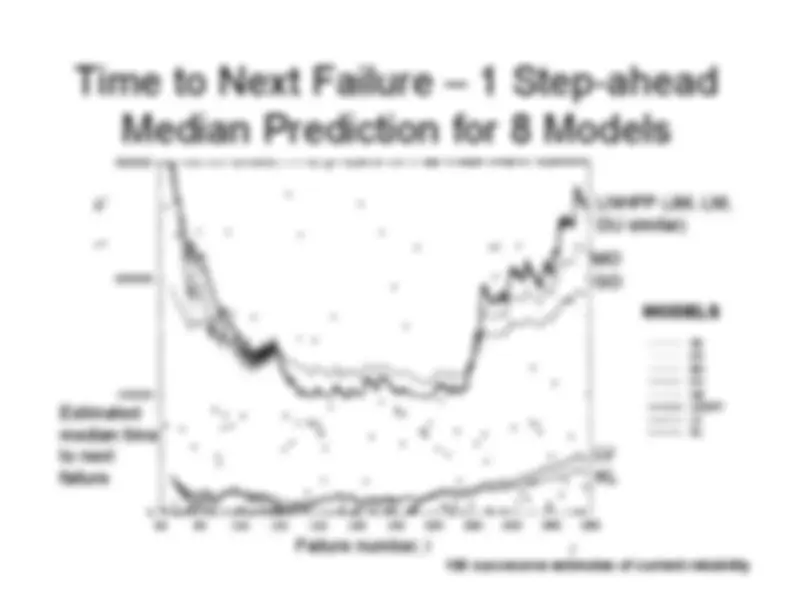
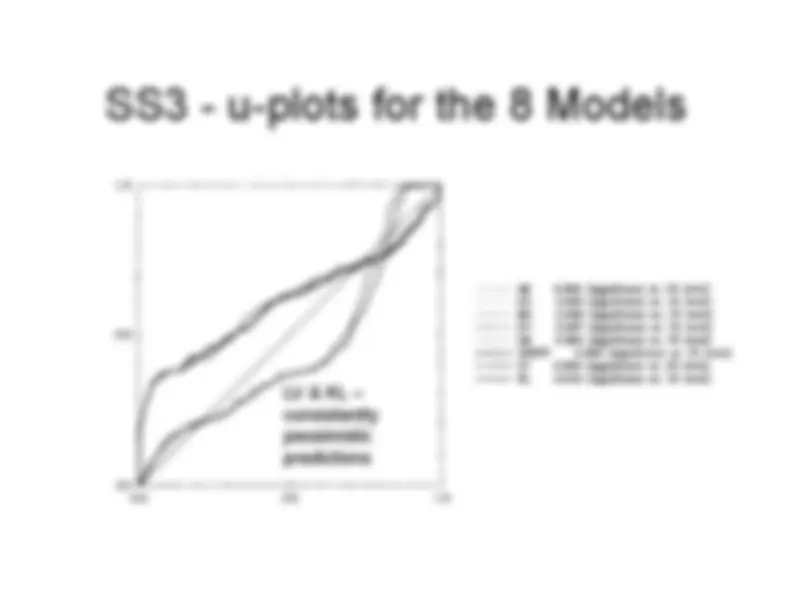
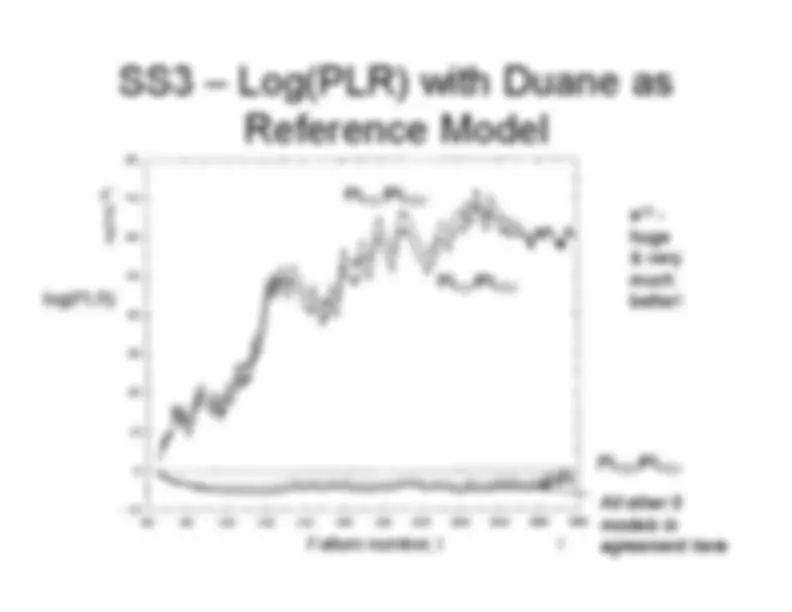
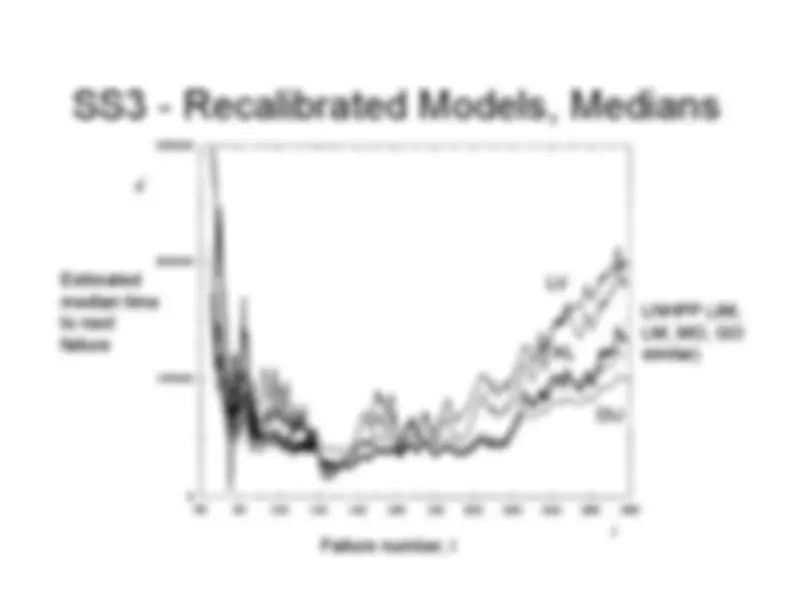
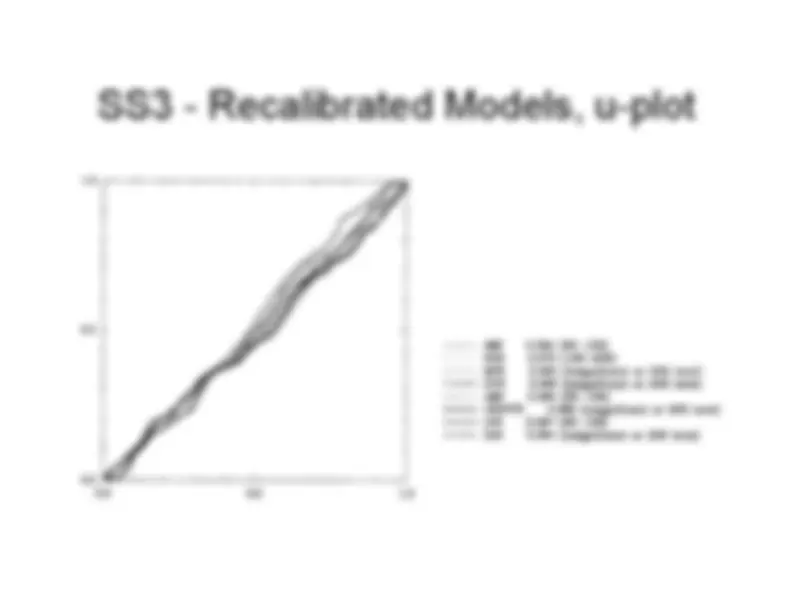
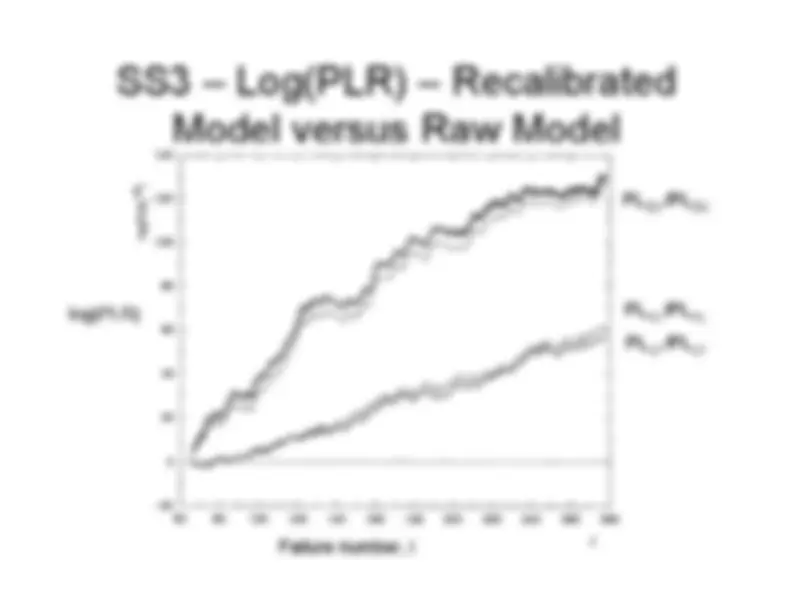
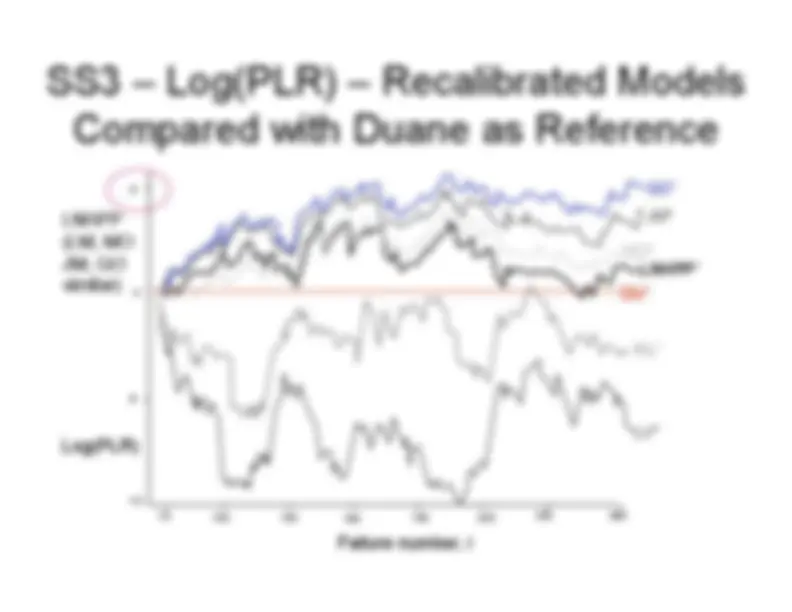
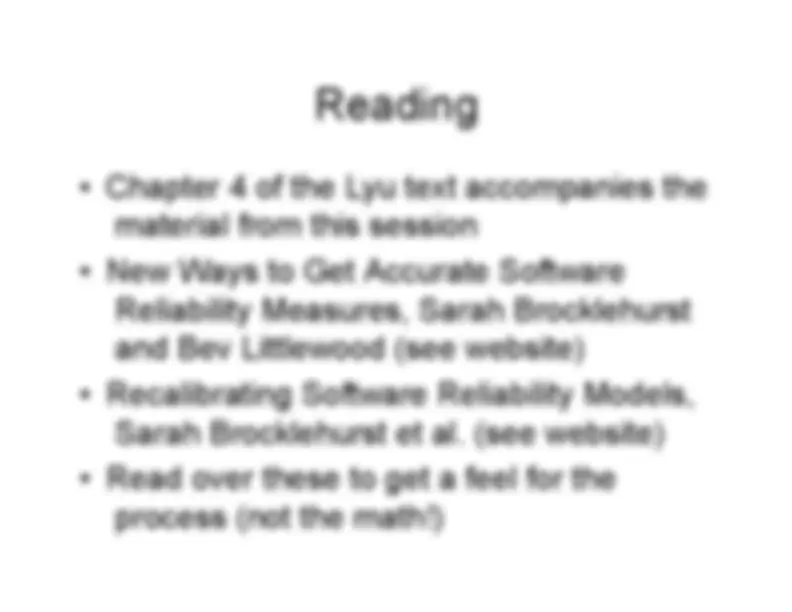



Study with the several resources on Docsity

Earn points by helping other students or get them with a premium plan


Prepare for your exams
Study with the several resources on Docsity

Earn points to download
Earn points by helping other students or get them with a premium plan
Community
Ask the community for help and clear up your study doubts
Discover the best universities in your country according to Docsity users
Free resources
Download our free guides on studying techniques, anxiety management strategies, and thesis advice from Docsity tutors
Material Type: Notes; Professor: Gotel; Class: Software Reliability and Quality Assurance; Subject: Computer Science; University: Pace University-New York; Term: Unknown 2000;
Typology: Study notes
1 / 34

This page cannot be seen from the preview
Don't miss anything!



























NOTE: This material is drawn from Chapter 4 of Lyu & supplemented by the tutorial material of Prof Bev Littlewood & Pete Mellor (of CSR, City University, London) – with the kind permission of Pete Mellor Slides to accompany CS777 discussion
ti inter-failure time, in seconds Failure number, i
Cumulative number of failures Total elapsed time, in seconds How many failures have been seen Total execution time so far
30 40 50 60 70 80 90 100 120 130 140 median 1000 2000 3000
(as in previous 1-step ahead prediction) i Failure number, i Estimated median time to next failure, in seconds
u i = F i (t i )
i
Prediction Observation
Jelinski-Moranda (JM) Littlewood (LM) Littlewood-Verall (LV) KS distance 1-step ahead predictions, 100 plots Below line of unit slope – pessimistic predictions Above line of unit slope – optimistic predictions
i
i
1
2
i-
i
PL = f ˆ
( t
)
∏